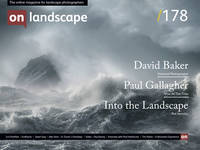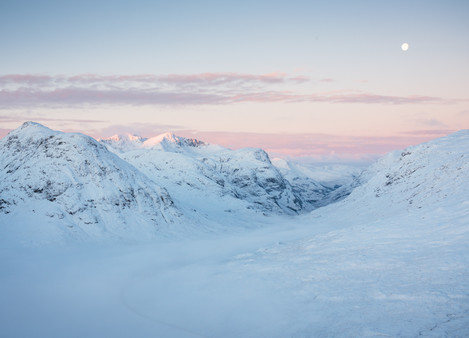Or Why You don’t have to climb a mountain to have a mountain experience…

Tim Parkin
Tim Parkin is a British landscape photographer, writer, and editor best known as the co-founder of On Landscape magazine, where he explores the art and practice of photographing the natural world. His work is thoughtful and carefully crafted, often focusing on subtle details and quiet moments in the landscape rather than dramatic vistas. Alongside his photography and writing, he co-founded the Natural Landscape Photography Awards, serves as a judge for other international competitions. Through all these projects, Parkin has become a respected and influential voice in contemporary landscape photography.
Every winter we see lots of images of snow-covered peaks in the glow of dawn or dusk light and most of us think “That’s fantastic, but there is no way I could get up a mountain to take photos like these”. And for those that try, they are often so enveloped in the desire to make it to the top of their chosen peak that they either miss or don’t give enough attention to, the views along the way.
And this is a pity as, in reality, some of the best mountain images you’ve seen have probably been taken from some comparatively modest altitudes. It turns out that images taken from the very tops of mountains are all amazing in the size of the view you get to see and the sense of wonder at standing ‘atop the world’ but, in general, they can make relatively poor photographs (with some exceptions!). Classic mountain profiles end up hidden against the background of further peaks and the reduction of the number of compositional possibilities to a single ‘highest point’ your potential options. (As an aside, a colleague climber said one of the most disappointing views he ever had was at the top of the Mont Blanc - all of the fantastic mountains were diminished because of the position)
In terms of raw altitude, what often makes the greatest of mountain photographs is the combined sense of the photographer’s height above of the mountain and, in that given context, the sense of how far the portrayed mountain is beyond that. i.e. “Look, I’m standing this high already and yet the mountain still towers above me!”. And then there are the massively increased options that are available to you because you can position yourself anywhere around the view in question instead of being limited to only the nearby peaks.


